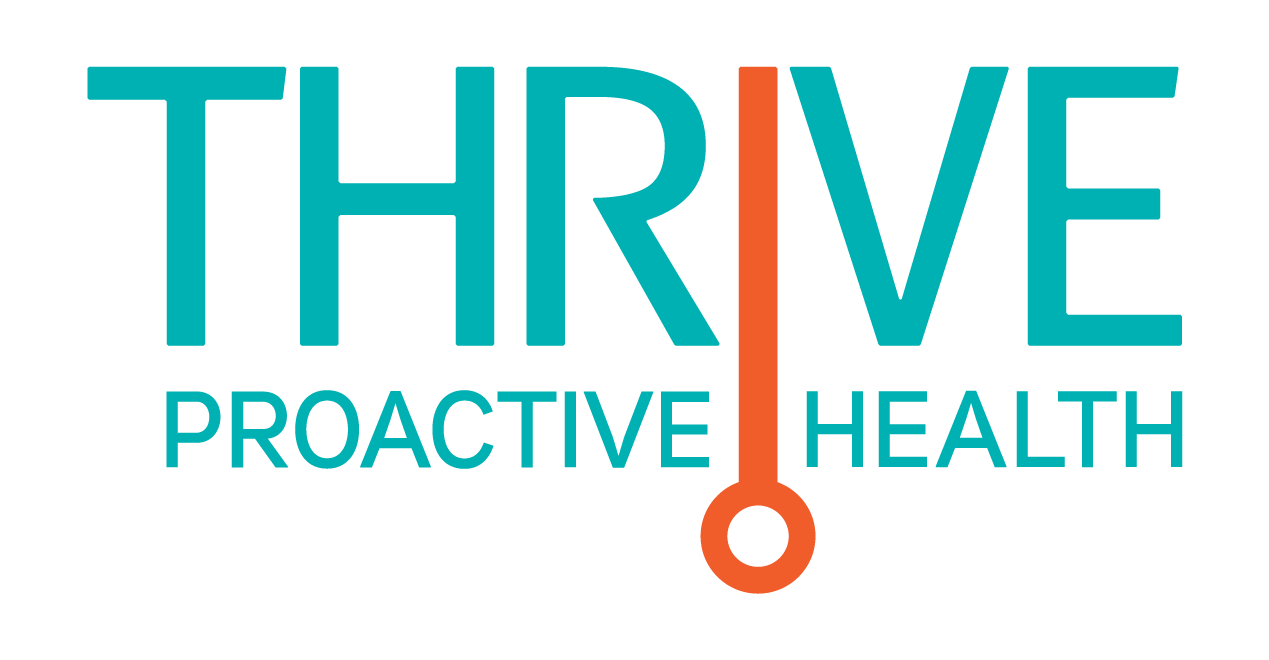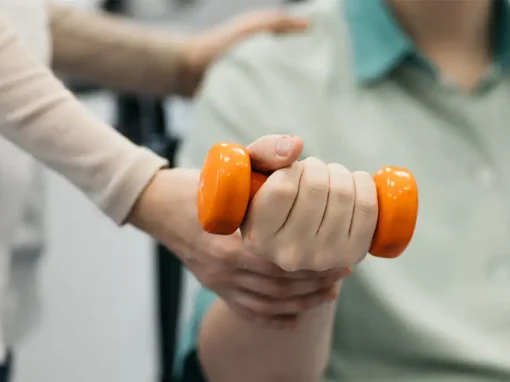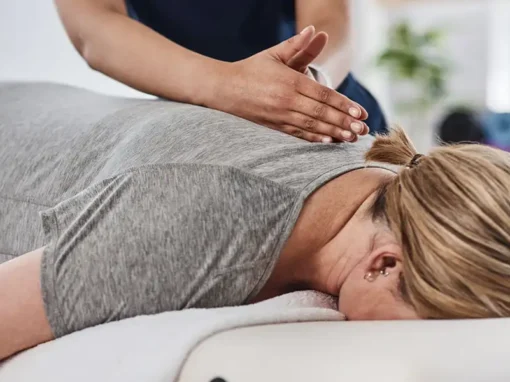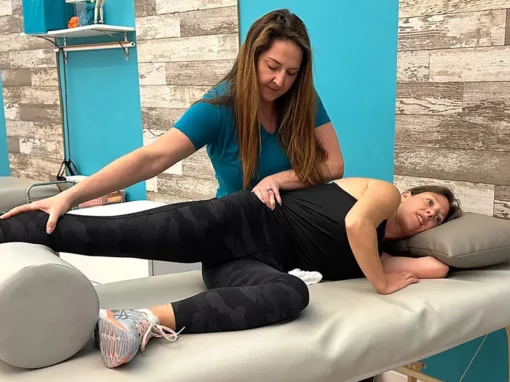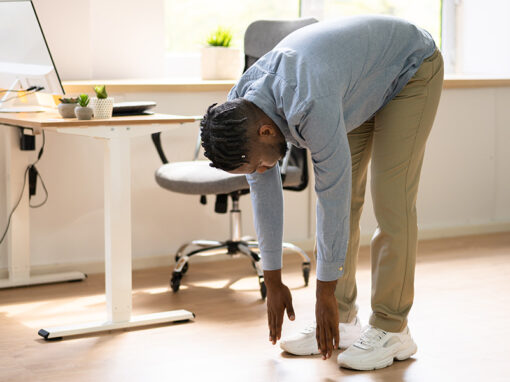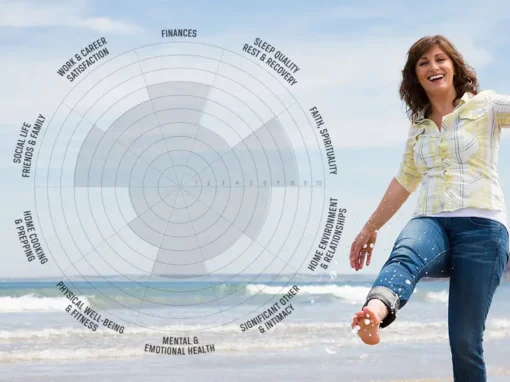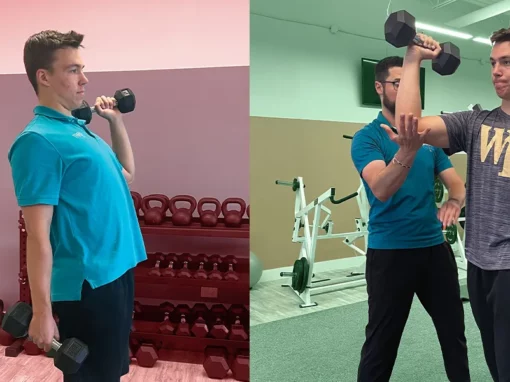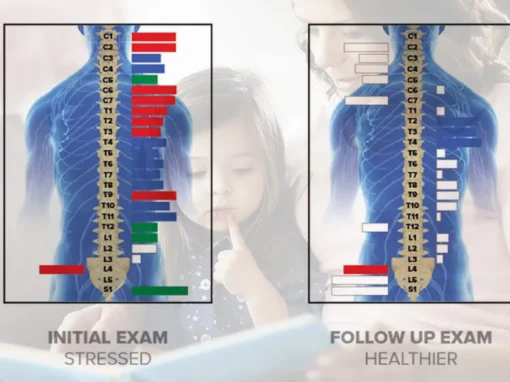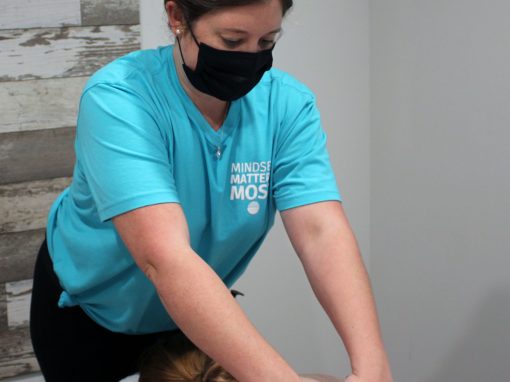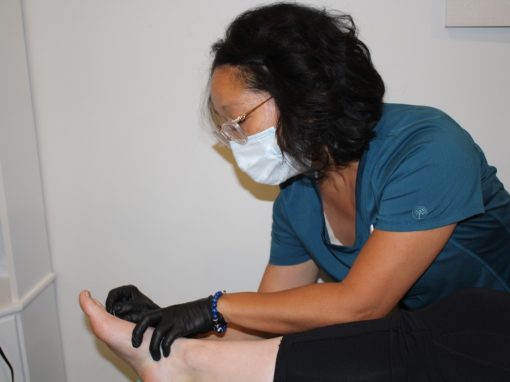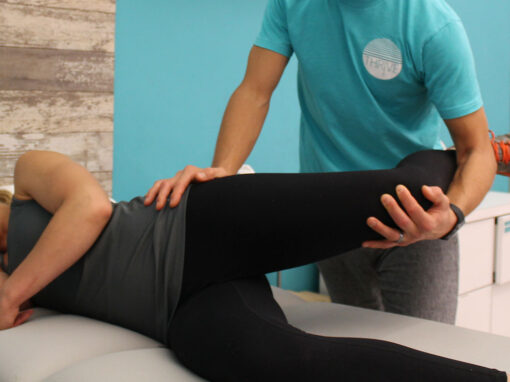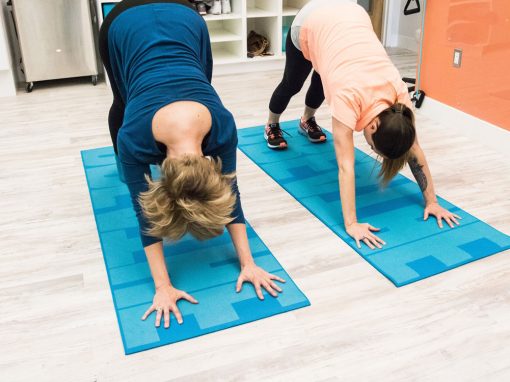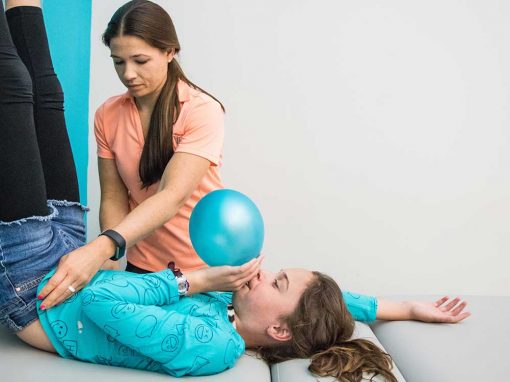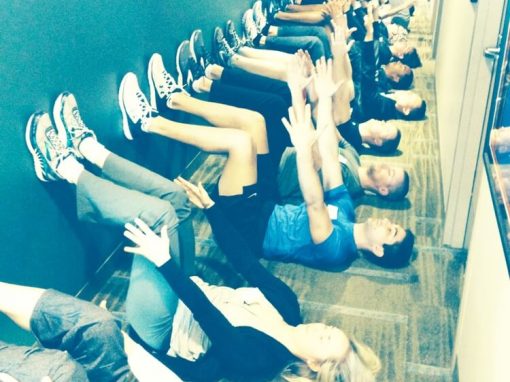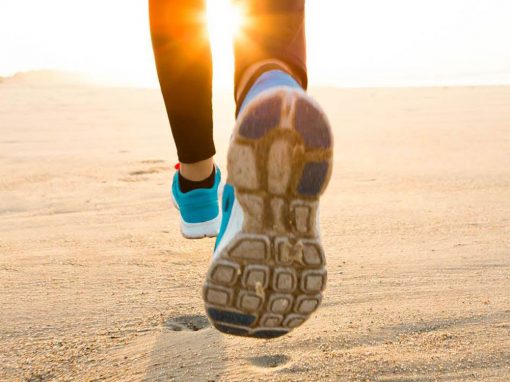Let’s face it. Sleep is one of the most essential ingredients in healing and feeling your best. Whether you’re recovering from an injury, managing chronic pain, or simply feeling worn out by the demands of daily life, the quality of your sleep can make or break your recovery.
At Thrive, our physical therapists see firsthand how poor sleep can slow healing, increase pain sensitivity, and lead to chronic fatigue. The good news? You don’t have to wait until your next session to start feeling better. There are simple, effective strategies you can do at home to support deeper sleep and more efficient recovery.
Here are some expert-backed tips, gentle exercises, and home strategies our Thrive PTs often recommend to help you rest, restore, and thrive.
-
Start with Your Breath and Reset Your Nervous System
When you’re in pain or stressed, your nervous system tends to stay in “fight or flight” mode. This state increases muscle tension, elevates stress hormones, and interferes with restful sleep.
Try this simple breathing technique before bed:
-
Lie on your back with knees bent and feet flat on the floor
-
Place one hand on your belly and one on your chest
-
Inhale slowly through your nose, letting your belly rise
-
Exhale gently through your mouth, allowing your body to soften
-
Repeat for 5 to 10 minutes, focusing on slow, steady breaths
This diaphragmatic breathing activates your parasympathetic (“rest and digest”) system and helps calm your body in preparation for sleep.
-
Gentle Evening Stretches to Release Tension
Stretching doesn’t have to be intense to be effective. In fact, light, mindful stretches before bed can reduce muscle tightness and signal to your body that it’s time to wind down.
Thrive PTs often recommend these three calming stretches:
a. Child’s Pose: Relieves tension in the lower back and hips
-
Kneel on the floor, sit your hips back onto your heels
-
Reach your arms forward and rest your forehead on the mat
-
Breathe deeply and hold for 30 to 60 seconds
b. Legs Up the Wall: Improves circulation and eases lower body fatigue
-
Lie on your back with your legs resting vertically against a wall
-
Keep arms relaxed at your sides
-
Hold for 5 to 10 minutes as you focus on deep breathing
c. Supine Twist: Gently stretches the spine and hips
-
Lie on your back, hug one knee to your chest
-
Cross it over your body and gently turn your head in the opposite direction
-
Hold for 30 seconds each side
-
Optimize Your Sleep Setup
The way your body is positioned during sleep matters. If your spine is out of alignment or your pillow isn’t the right height, you may wake up sore, stiff, or unrested.
Our PTs suggest these ergonomic sleep tips:
-
Back Sleepers: Use a pillow that supports the curve of your neck and place a small pillow under your knees to reduce back strain
-
Side Sleepers: Keep your spine neutral with a supportive pillow and place a pillow between your knees to align your hips
-
Stomach Sleepers: This position can strain your neck and spine. Try transitioning to your side with body pillows for support
Also, consider the quality of your mattress. If it’s over eight years old or causing pain, it might be time for an upgrade.
-
Wind Down with a Mini Recovery Routine
Creating a consistent bedtime routine tells your brain and body it’s time to power down. Just 15 to 20 minutes of calming activity before bed can make a big difference.
Here’s a Thrive-inspired recovery routine you can try tonight:
-
Turn off screens 30 to 60 minutes before bed
-
Do 5 to 10 minutes of breathing or stretching (like the ones above)
-
Apply heat or ice to any sore spots for 10 minutes
-
Roll out tight muscles using a foam roller or massage ball
-
Jot down your thoughts in a journal to clear your mind
Consistency is key. Even if it doesn’t feel dramatic at first, these small habits can significantly improve your sleep quality over time.
-
Support Recovery Throughout the Day
Good sleep begins long before bedtime. How you move and care for your body during the day impacts how you rest at night.
Simple daily practices to boost recovery and sleep:
-
Take movement breaks every 1 to 2 hours if you sit for work
-
Stay hydrated to support muscle and joint health
-
Eat balanced meals that include protein, healthy fats, and fiber
-
Limit caffeine after 2 p.m. to avoid disrupting sleep
-
Get daylight exposure in the morning to support your natural circadian rhythm
-
Know When to Reach Out for Extra Support
While these strategies are incredibly helpful, sometimes sleep disturbances or persistent pain need a little more hands-on care. Our physical therapists are here to assess your movement patterns, address underlying imbalances, and create a customized plan to help you recover and rest more effectively.
You don’t have to figure this out alone. We can help you:
-
Reduce chronic pain that interferes with sleep
-
Improve mobility and alignment
-
Manage stress through movement and breath
-
Build a personalized home program that supports long-term recovery
Rest and Recovery Are Within Reach
You deserve to sleep well, heal fully, and wake up feeling refreshed. With a few simple changes and consistent habits, you can support your body’s natural recovery processes and start each day feeling stronger.
At Thrive Proactive Health, we’re here to support you in and out of the clinic. Whether you need guidance for at-home stretches, sleep ergonomics, or a customized recovery plan, our physical therapy team is ready to help you thrive.
Ready to feel better by bedtime? Reach out to schedule a session and let us help you build the foundation for better sleep and faster recovery.
